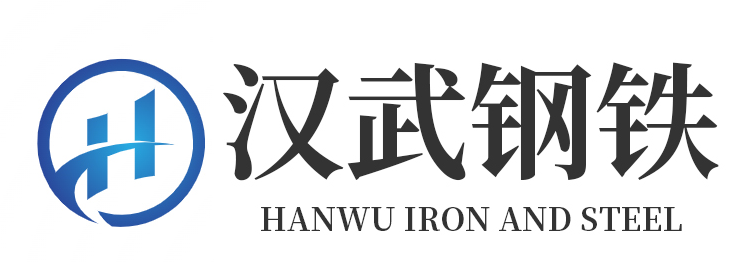Hot Rolled vsCold Rolled Coils
Steel coils are extremely important for manufacturing and construction as it fulfills various purposes in this industry. These include hot rolled and cold rolled coils, which grow to be types with feature houses, production strategies, or suitability for one-of-a-kind programs. While they might seem somewhat similar at first glance, further inspection reveals clear distinctions that better equip them for different uses. This article will look into the variations in these aspects under five main categories: durability, forming process, aesthetics tolerance levels and economic implications.
Diving Deeper into Durability
The performance of any material is judged by its durability, and it well differentiates hot rolled coil from cold rolled device. Hot rolled coils are created at higher temperatures and may have a scaly layer on the surface, while cold-rolled steel has less of this scale. This is causing the corrosion resistance to be lower than that of cold-rolled coils. Nonetheless, because of their increased weight and ability to hold strength under conditions like high temperature they are advantageous for usage in various structural uses where wear and tear happens.
In contrast, cold rolled steel coils are a type of steel which have been subjected to additional processing in order to prevent rusting and improve resistance to tarnish with processes such as zinc plating. This additional processing improves their quick resistance to corrosion, which helps make them more durable in surface- critical environments such as automotive body panels or devices.
The Forming Process Explained
The reason why hot rolled and cold-rolled coils are different is the forming process. Hot rolled means the steel slabs are made to pass through huge rollers while they're still malleable. This generate less force on the springs which helps with forming thicker gauges, and/or larger sizes. It however often results in less accurate dimensions and an ever so slighty wavy surface.
Cold rolling, as the name obviously suggests occurs at or near room temperature, using cooled hot rolled coils Another form of regularly cold working material is drawing. Using a lower temperature hardens the steel, which needs more force during rolling but it provides coils with tighter tolerances and uniform thickness while achieving a better surface quality.
Exploring Aesthetic Variances
While aesthetics might be an afterthought before functional for some applications, it is a leading driver in other use cases. On the other hand, hot rolled coils have mill scale and a rougher surface imperfections deliver an industrial/rustic look that is perfect for exposed structures like bridges or architectural elements seeking an unfinished appearance.
In the case of cold rolled coils, an appearance that is vital in products where a smooth and consistent surface needs to be maintained. This makes them great for consumer products, automotive exteriors and anywhere aesthetics are key.
Delving into Tolerance Levels
Manufacturing: Tolerance levels, or how an actual object will match its intended design dimensions is super important in manufacturing. When it comes to tolerances, the fact that they are uncooled and received high temperature treatment makes their tolerance less controlled than with cold rolled coils. While they do contribute greater variances it is perfect in applications where some play can occur such as larger structural pieces that tolerances are not nearly so stringent.
In comparison, the cold rolled coil tends to have a beautiful appearance and smoother; in addition of cleaning compatible effect but more high cost performance is much superiors than hot-method. This accuracy is critical to oribital fabrication were there are many complex parts that have so be built; for example in the aerospace industry,exjat spacecraft replication and precision machinery production.
Unpacking the economic impact
The Irish lawyers representing the importers said there were economic considerations driving both the hot rolled and cold rolled choices. The price competitive hot rolled coils are produced by processing mineral into quality plates, then casting them between last production and blending as we know its mass. As a result, they are very commonly use for low price point projects where cost is king and tolerances ranked further down the ladder.
In contrast, the price of cold rolled coils is higher due to its more processing as well obviously better properties. The improved surface finish, closer adherence to tolerances and longevity generally will make high precision pins the only option for a lot of applications.
Ultimately, choosing between hot rolled and cold rolled coils can only be made with a complete comprehension of the project in question. Everything from hood durability and appearance to how they are formed - not to mention the economics of making a smash part operating under tight margins - is important in considering all facets when determining what solution was best. By placing great care on the evaluation of these differences, manufacturers and constructors can therefore choose appropriately in order to maximize their choices between quality, efficiency and effectiveness.


